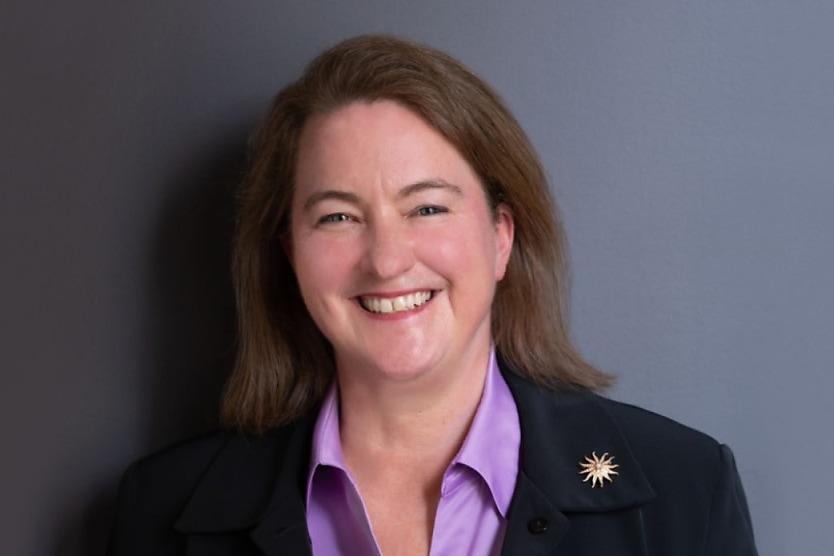
Yesterday (19 August 2024) was Equal Pay Day, marking 50 days into FY2024–25 – the same number of extra days that women must work to earn the same, on average, as men did last year.
The Workplace Gender Equality Agency (WGEA) has used the past 50 days of FY24–25 to motivate Australians to understand the pivotal difference between equal pay and the gender pay gap.
According to WGEA, equal pay is paying all people the same for equal or equivalent work. In Australia, this has been the law since 1969. On the other hand, a gender pay gap occurs when more women are working in lower-paid roles and more men are working in higher-paid roles.
“Australia’s gender pay gap is a limit on women’s lifetime earnings, and it just doesn’t add up or align with the Australian values of equality and a ‘fair go’ for all,” said WGEA chief executive Mary Wooldridge.
“An employer that claims they’ve addressed their gender pay gap because they pay women and men the same for doing the same work are doing the bare minimum. Eliminating unequal pay is just one piece of the puzzle.”
WGEA’s results show that two in three employers (62 per cent) have an existing gender pay gap of more than 5 per cent and in favour of men. A range of different variables can be drivers for a gender pay gap, including barriers of bias, discrimination and entrenched gender stereotypes, which can devalue women and their work.
Senator Larissa Waters, Greens Leader in the Senate and spokesperson on women, also shared some sentiments on Equal Pay Day:
“Women’s work is still undervalued, whether it’s paid or unpaid. Professions that are female-dominated are on average paid less than male-dominated professions – despite being crucial to the functioning of society,” Waters said.
“The easiest way to close the gender pay gap is to pay women more.”
“The Greens repeat our calls for the government to legislate for above-average wage increases over 10 years in women-dominated industries. That would see women paid fairly, boost women’s economic security, and importantly ensure we can attract and retain staff in these critical sectors.”
In an attempt to accelerate the needed change in regard to the gender pay gap, WGEA, through federal legislation, has begun to publish individual gender pay gaps for all employers with 100 or more employees every year, as a form of accountability.
“This year, we saw WGEA provide employer-level data on the gender pay gap for the first time, a win for the Greens and advocates who have long called for this to be made public,” Waters said.
“Waiting 50 more years for pay equity is not a fair deal for women – we need the government to prioritise paying women fairly in what is already a cost-of-living crisis.”
Although the reporting has created a layer of accountability, skating along the bare minimum cannot be the mindset of organisations. Instead, taking effective and direct action is the only way forward.
“On Equal Pay Day, WGEA is calling on all employers to understand what the gender pay gap is and what causes it so that they can take effective action to end the gap in their workplace,” said Wooldridge.
RELATED TERMS
The term "gender pay gap" refers to the customarily higher average incomes and salaries that men receive over women.
Kace O'Neill
Kace O'Neill is a Graduate Journalist for HR Leader. Kace studied Media Communications and Maori studies at the University of Otago, he has a passion for sports and storytelling.










